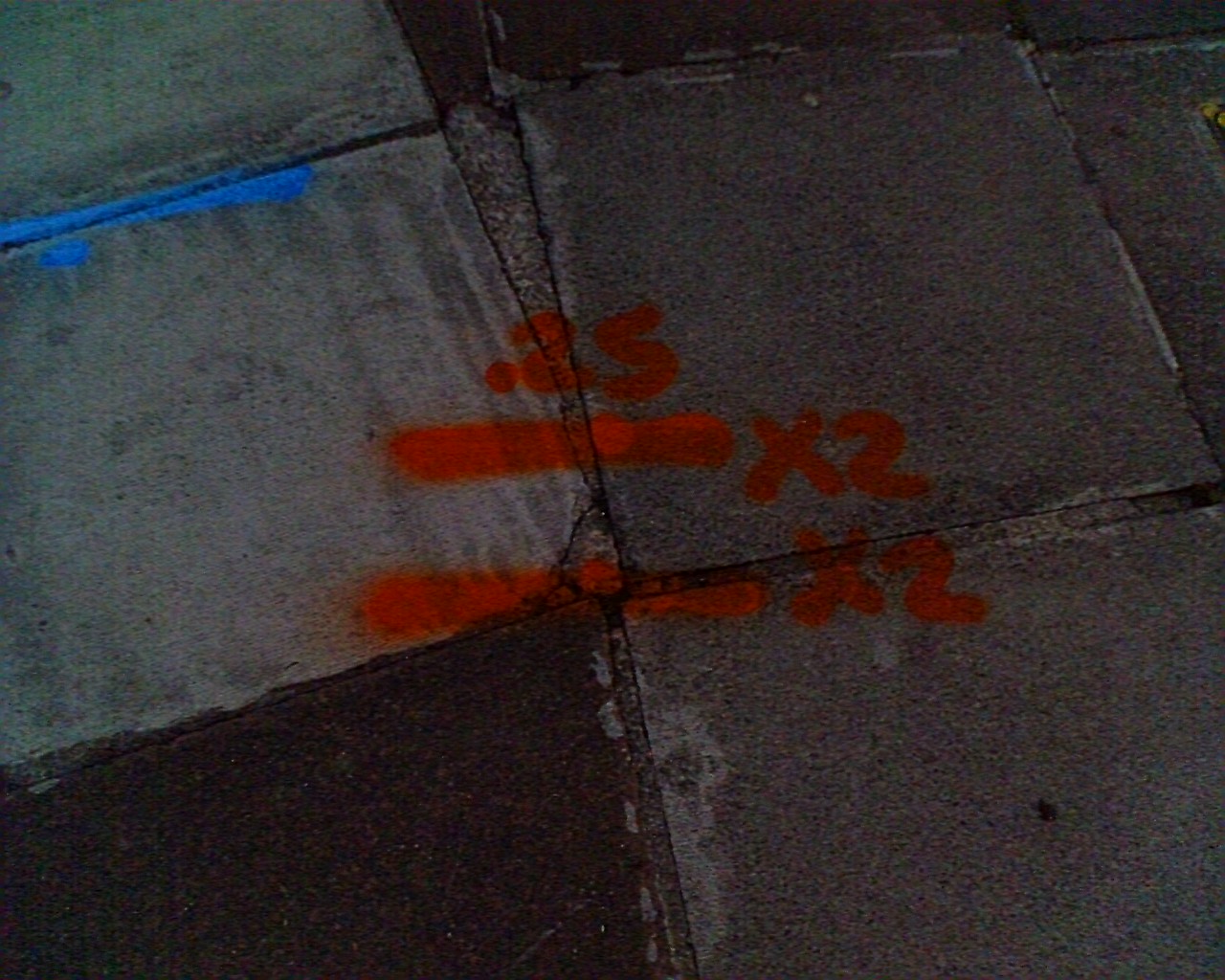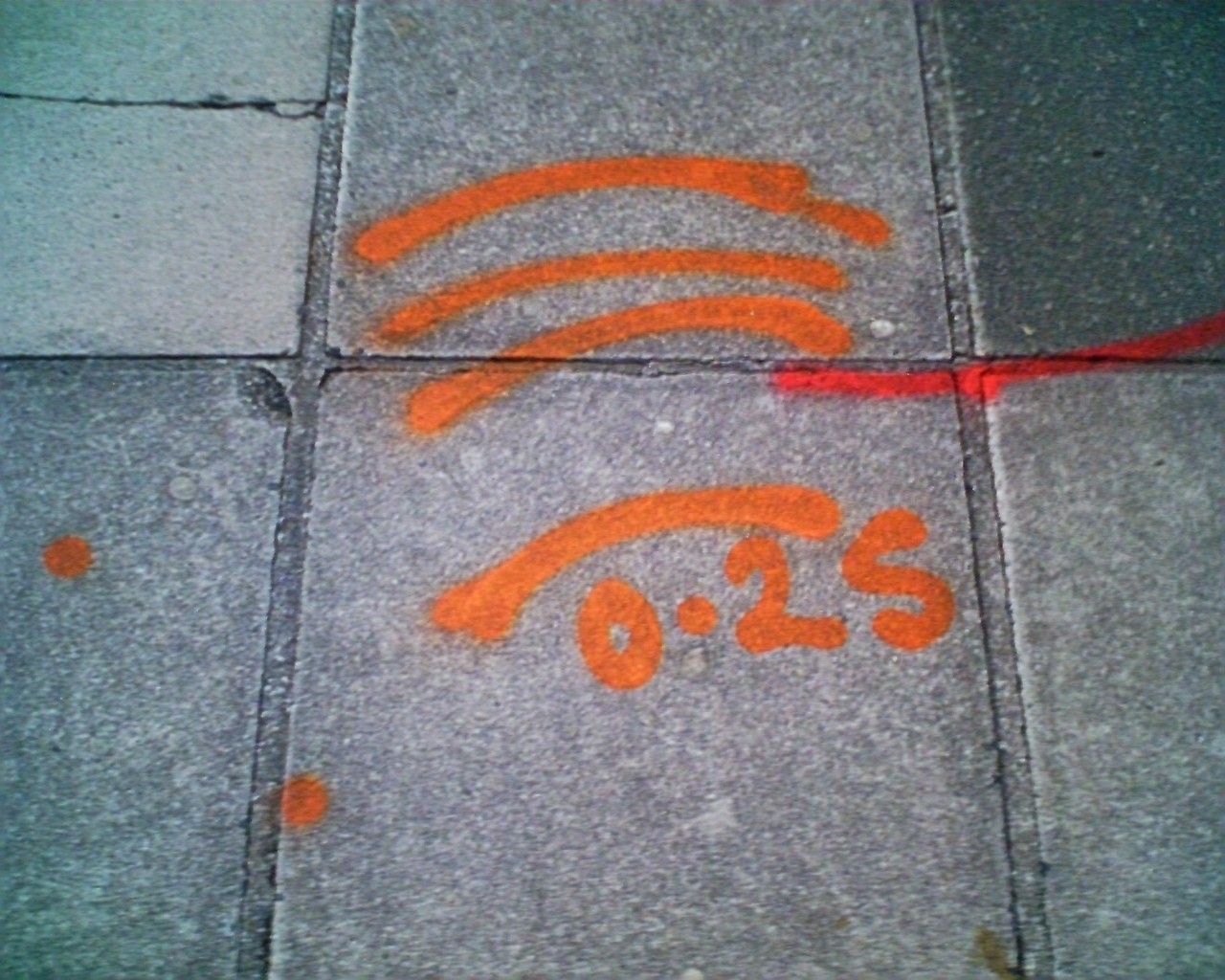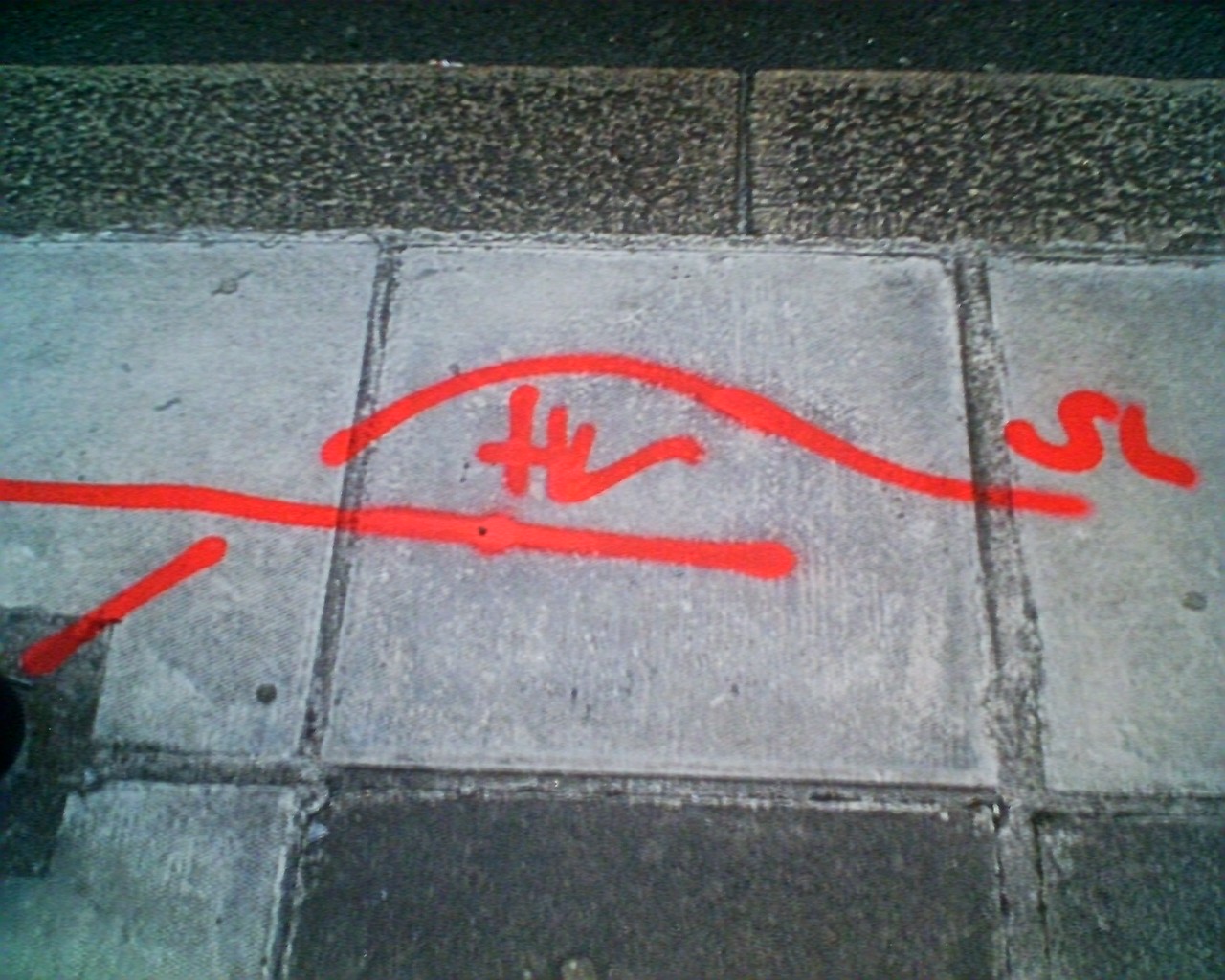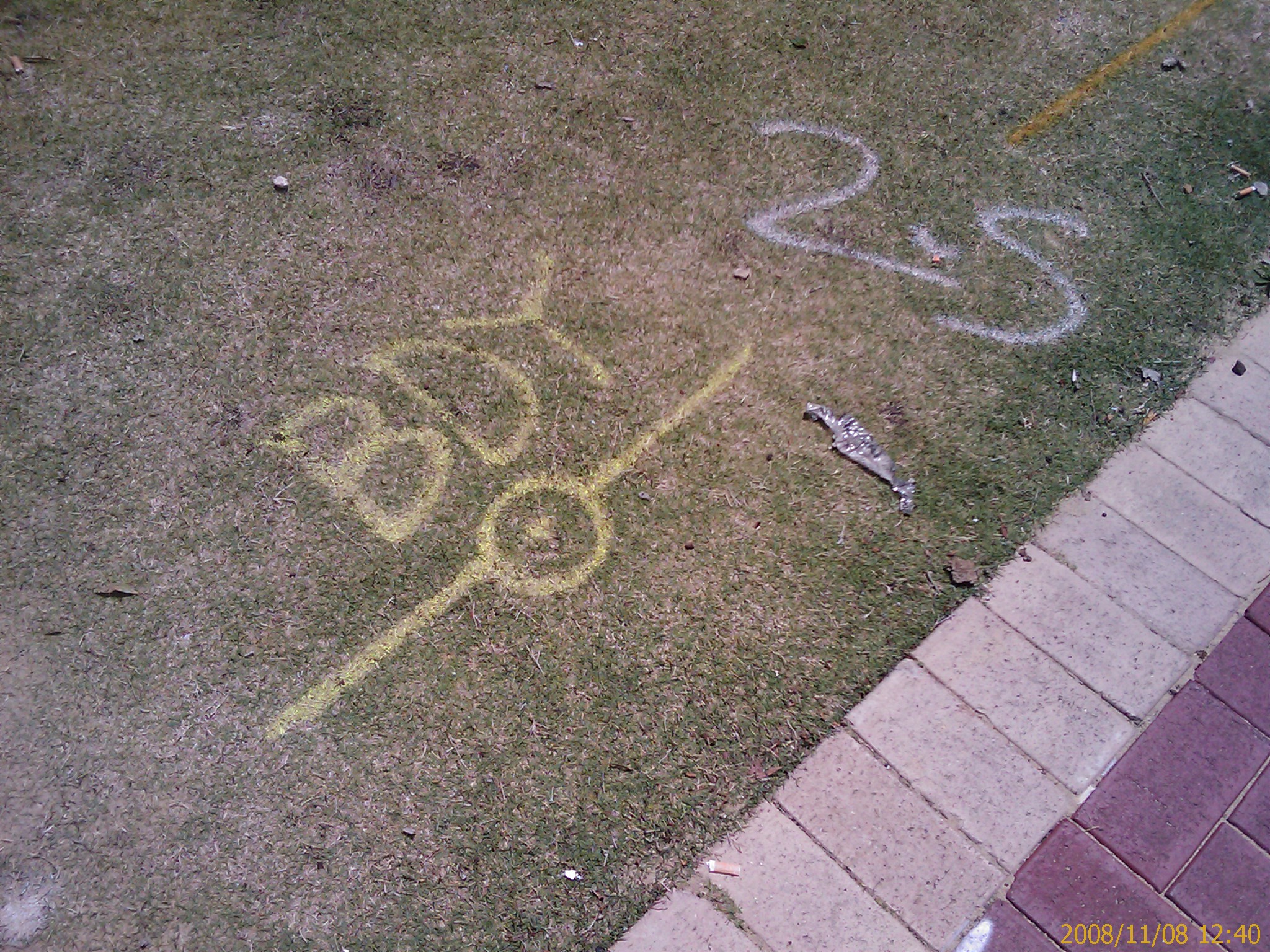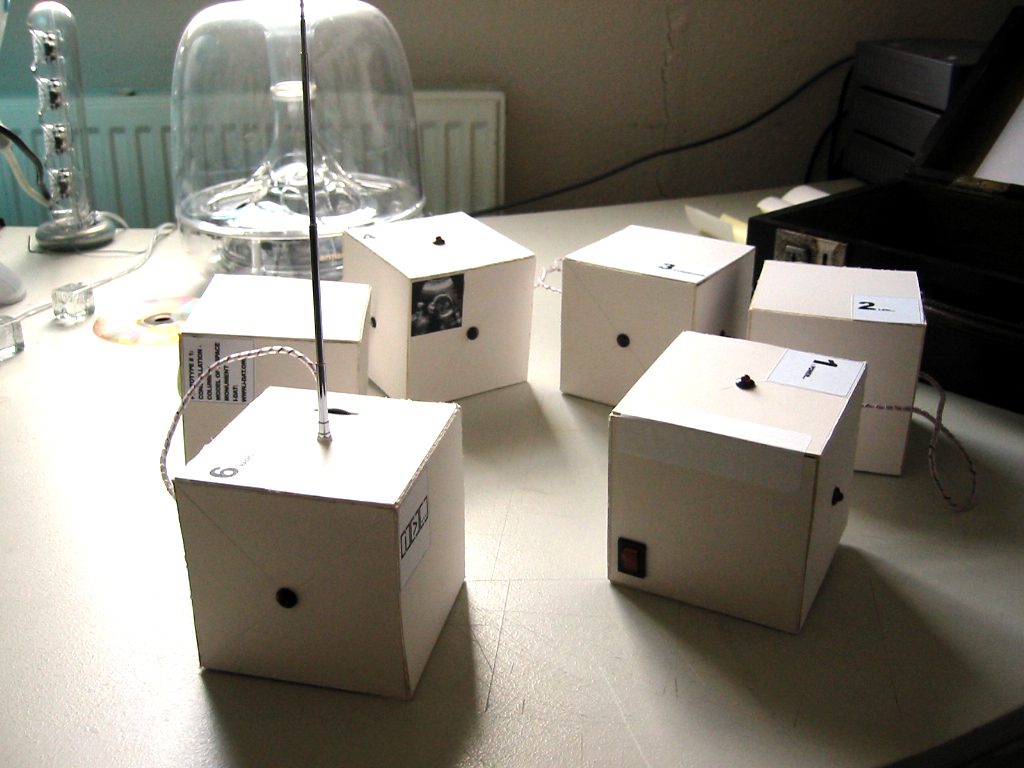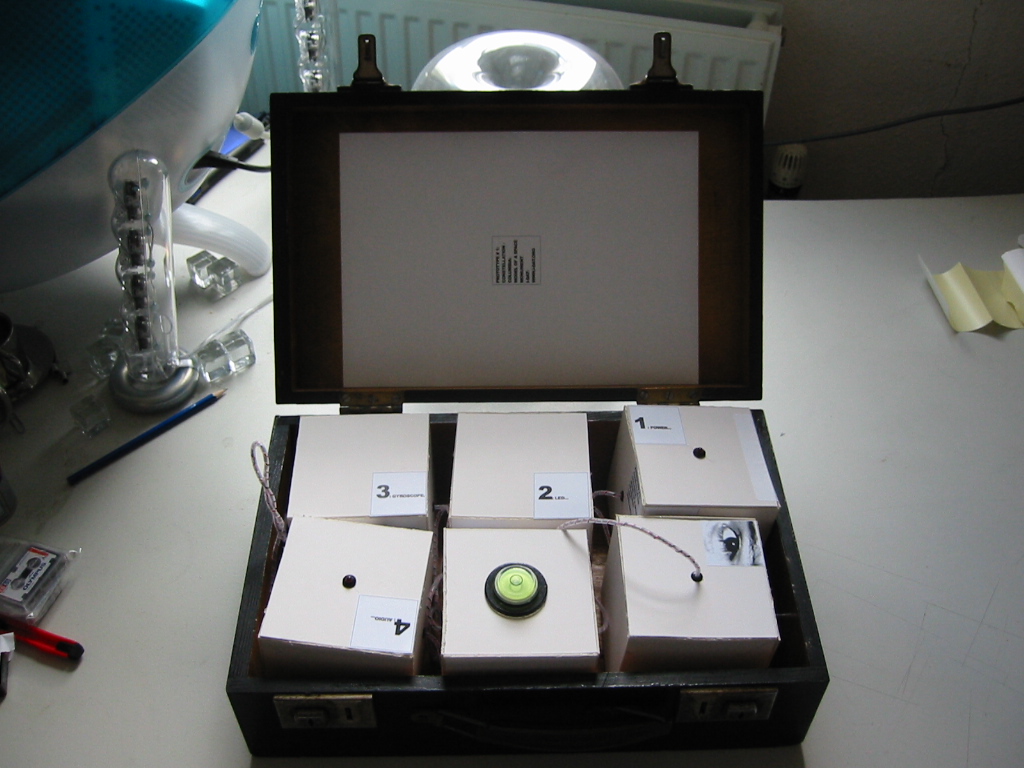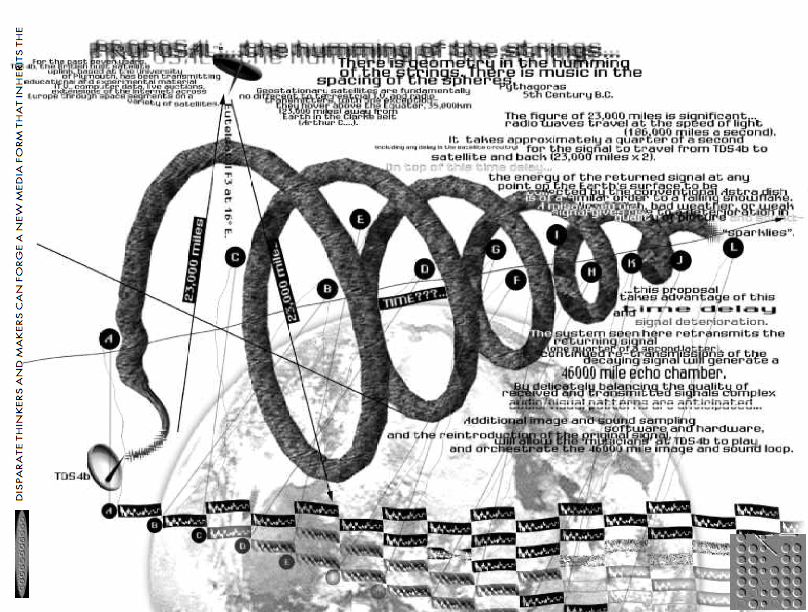


Exposure
ART|SCI CENTER
http://artsci.ucla.edu/?q=events/mike-phillips-lecture-exhibition-opening
Mike Phillips Lecture + Exhibition Opening
Start: 7 Mar 2012 2:00 pm End: 16 Mar 2012 5:00 pmOpening March 7 Lecture @ 2pm Exhibition Openings: 5-7pm Location: Lecture @ UCLA Broad Art Center, room 5240, Exhibition @ CNSI Gallery Exposure is an exhibition of work by Mike Phillips, Professor of Interdisciplinary Arts, School of Art & Media at Plymouth University.

spectre [ˈspɛktə/]
Exhibition by: Mike Phillips.
‘spectre [ˈspɛktə/]’, Schauraum. Quartier21 (Electric Avenue), MuseumsQuartier, Museumsplatz 1/5, 1070 Wien, Austria. 27.01-18.03.2012.
Title: Spectre.
Short text with about 300 characters

A Mote it is…
‘A Mote it is…’ Art in the Age of Nano Technology, John Curtin Gallery, Curtin University of Technology, Perth, WA. 02-04/2010. (catalogue).
“A mote it is to trouble the mind’s eye.”1

Words spoken by Horartio to describe Hamlet’s father’s ghost. In this Shakespearian play the ghost is seen but not believed and one is left to wonder if it is just the seeing of it that makes it real – its existence totally dependent on the desire of the viewer to see it. The ‘mote’ or speck of dust in the eye of the mind of the beholder both creates the illusion and convinces us that what we see is real. Something just out of the corner of our minds eye, those little flecks magnified by our desire to see more clearly. Yet the harder we look the more blurred our vision becomes.

Weight Loss
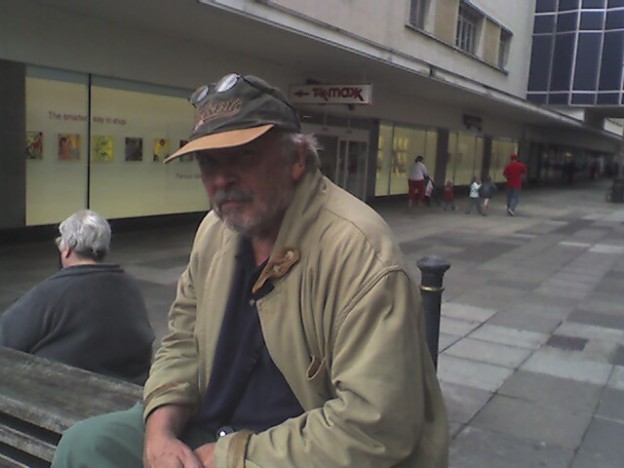
David Bailey on a Treo650

Constellation Columbia, model/prototype
PROTOTYPE # 1: CONSTELLATION – COLUMBIA:
MODEL OF A SPACE MONUMENT
I-DAT: WWW.i-DAT.ORG
1: POWER…
2: LED…
3: GYROSCOPE…
4: AUDIO…
5: GYROSCOPE…

A to B…

EVES DROPPING.
An Audio Narrative/Installation.

‘Cross Curents’ ArtHaven in Exeter (September-October 2000).
An Exploration in Light Sound and Form. Eves Dropping is an audio installation that consists of a simple set (a wallpapered wall, framing two items of domestic furniture (a chair and a table/dressing table), and a glass tumbler), a speaker system fitted to the rear of the wall, and an spoken narrative recorded on a tape loop.

Mediaspace
Series of satellite TV and Journal publications. A networked telematic comic.
MEDIASPACE:
The intent of ‘MEDIASPACE’, whether in its ‘dead’ paper-based form, or the ‘live’ digital forms of satellite and internet, is to explore the implications of new media forms and emergent fields of digital practice in art and design. ‘MEDIASPACEÍ is an experimental publishing project that explores the integration of print (‘MEDIASPACE’ is published as part of the CADE (Computers in Art and Design Education) journal Digital Creativity by SWETS & ZEITLINGER.), WWW and interactive satellite transmissions (‘MEDIASPACE’ interactive satellite transmissions were funded by the European Space Agency (ESA), the British National Space Centre (BNSC), and WIRE (Why ISDN Resources in Education) and use Olympus, EUTELSAT and INTELSAT satellites via a TDS-4b satellite uplink. (incorporating live studio broadcasts, ISDN based video conferencing, and asynchronous email/ISDN tutorials). The convergence of these technologies generates a distributed digital ‘space’ (satellite footprint, studio space, screen space, WWW space, location/reception space, and the printed page). There is also a novel and dynamic set of relationships established between the presenters (studio based), the participant/audience (located across Europe), and the reader. As an electronic publishing experiment in real time (‘live’ media) delivery, combined with a backbone of pre-packaged information (‘dead’ media content), the ‘MEDIASPACE’ transmissions provide a provocative model for the convergence of ‘publishing’, ‘networked’, and ‘broadcast’ forms and technologies.

Humming
“THE HUMMING OF STRINGS”.
The “Humming of Strings” uses the distance (23000 mile) between the satellite UpLink (ESA TDS 4 based @ Plymouth University) and the Satellite, and back again, (INTELSAT or EUTELSAT) to generate a quarter of a second delay in the transmission and reception of the video signal. In effect this creates a 46,000 mile echo chamber. This is the basic principal of the performances. The processed signals can be received live using domestic satellite reception equipment in a footprint that spans western Europe and over 1000 established institutional reception sites. The performance lasts for 46 minutes, and can be repeated as often as transponder time (cost) allows. The number of performances defines the number of time measures used in the composition.

Angel

Shadow Mirror

Cyberbaby












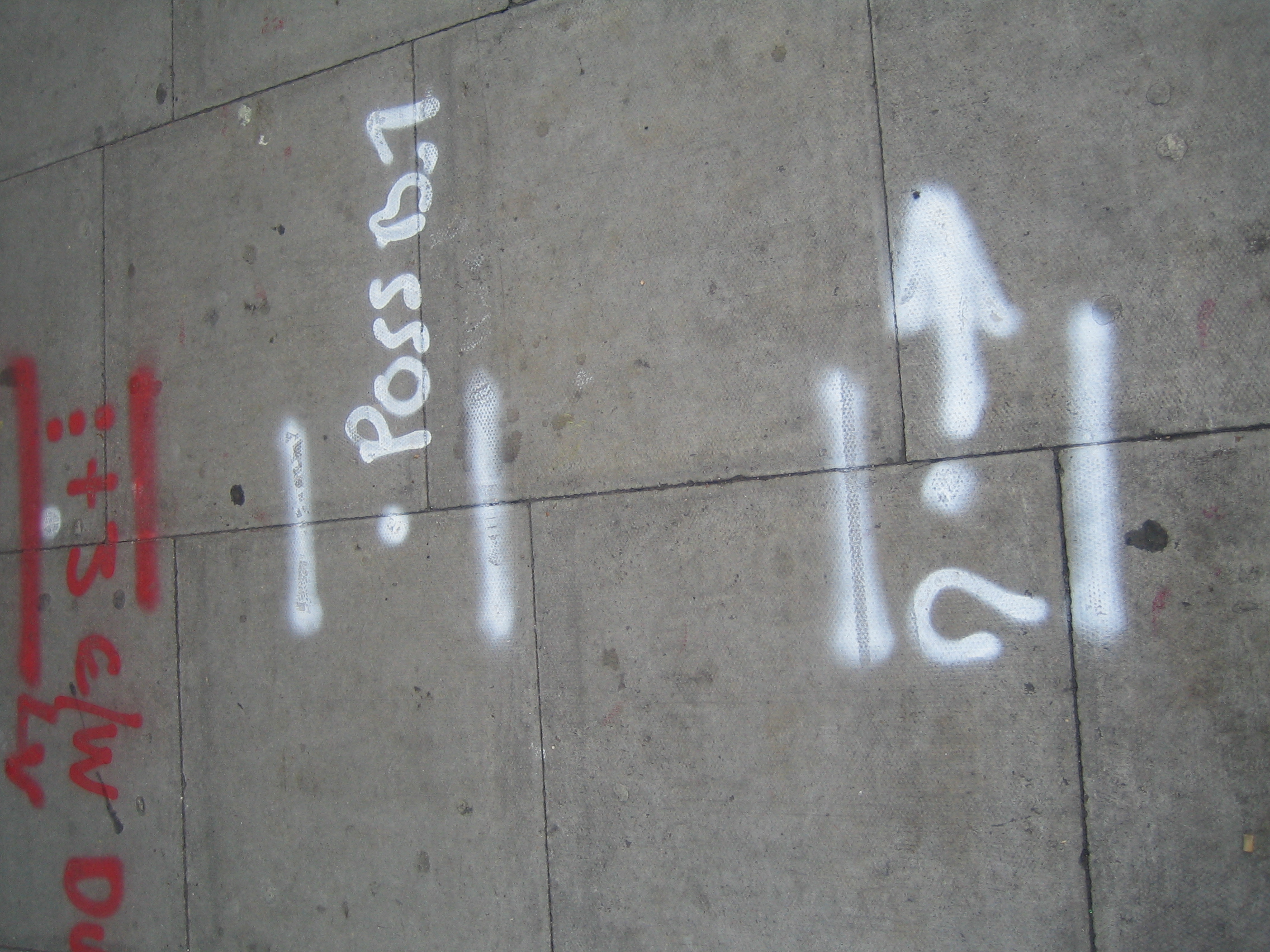

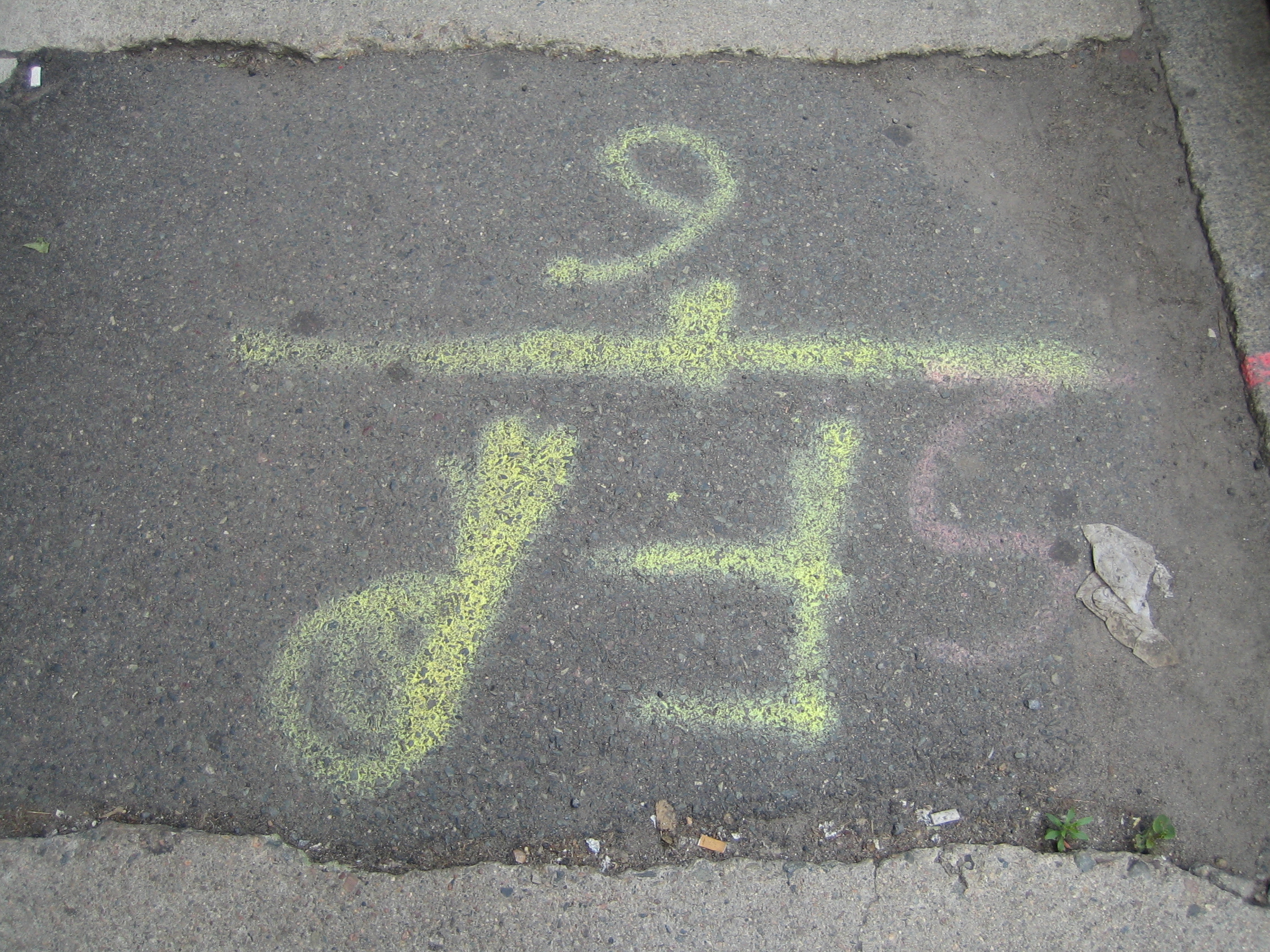
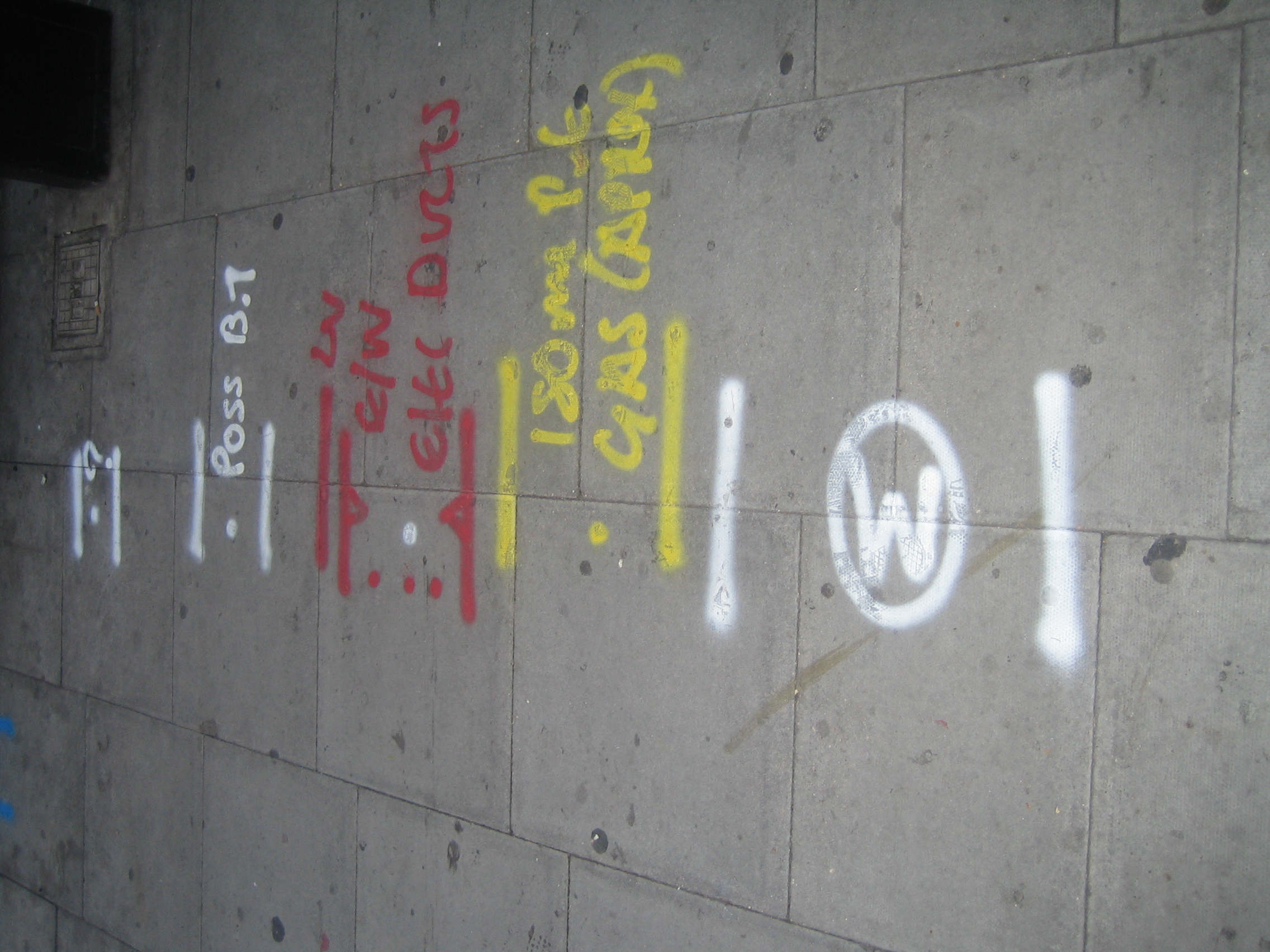
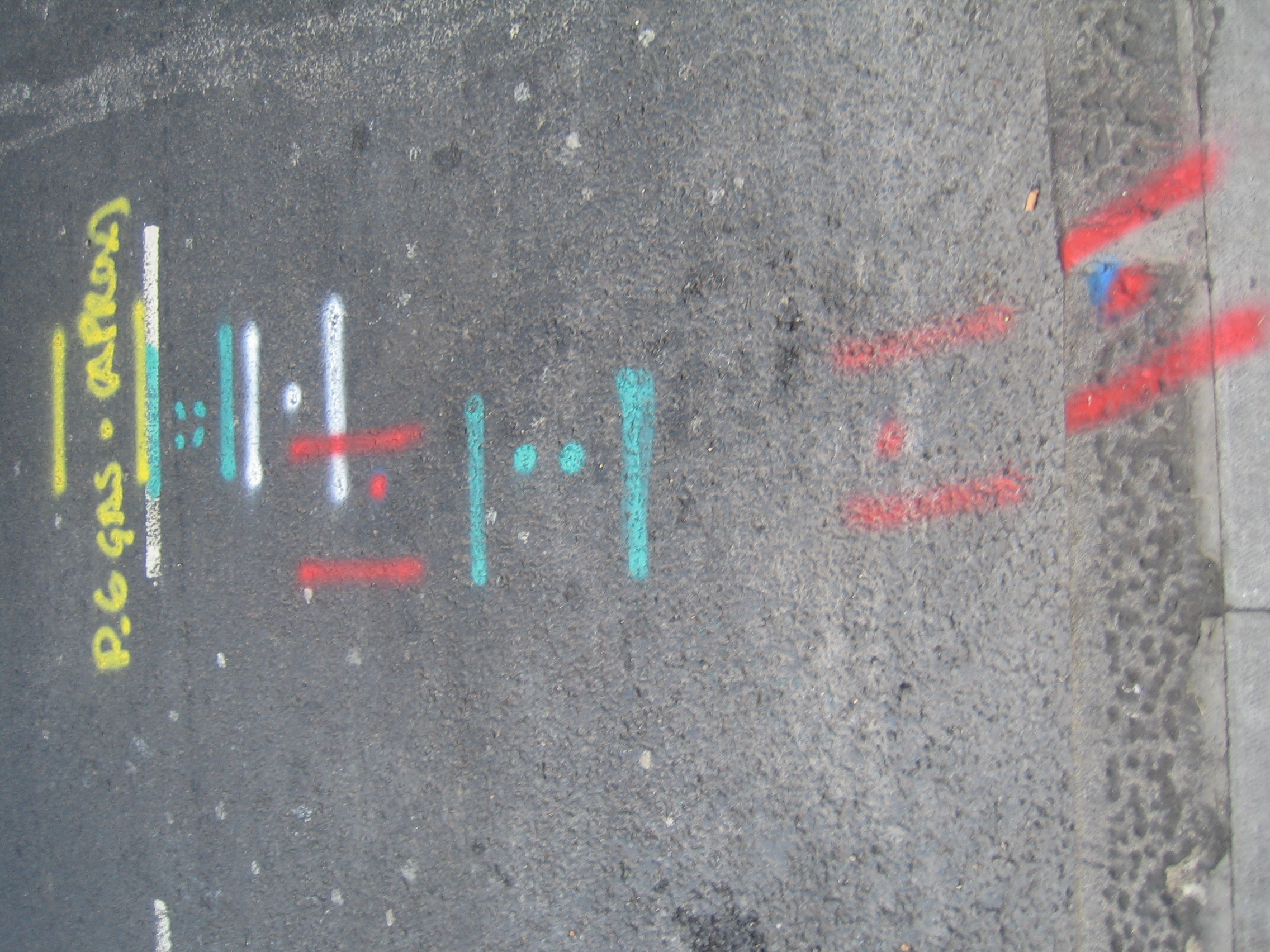




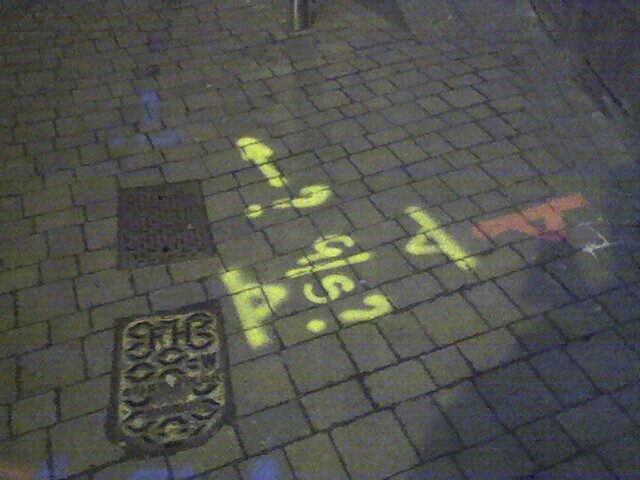


![Photo_041406_001[1]](http://www.mike-phillips.net/blog/wp-content/uploads/2014/01/Photo_041406_0011.jpg)







